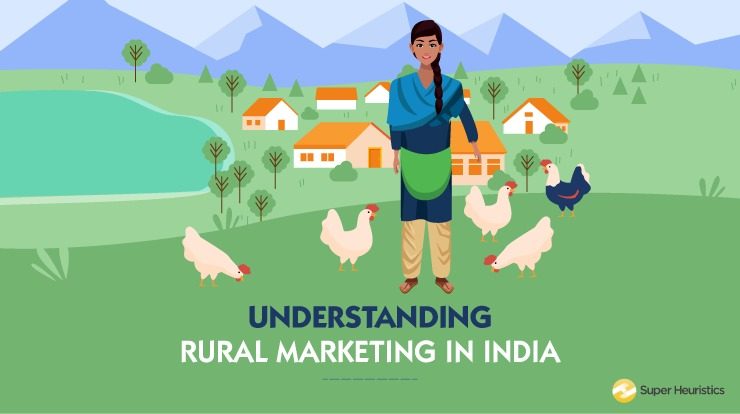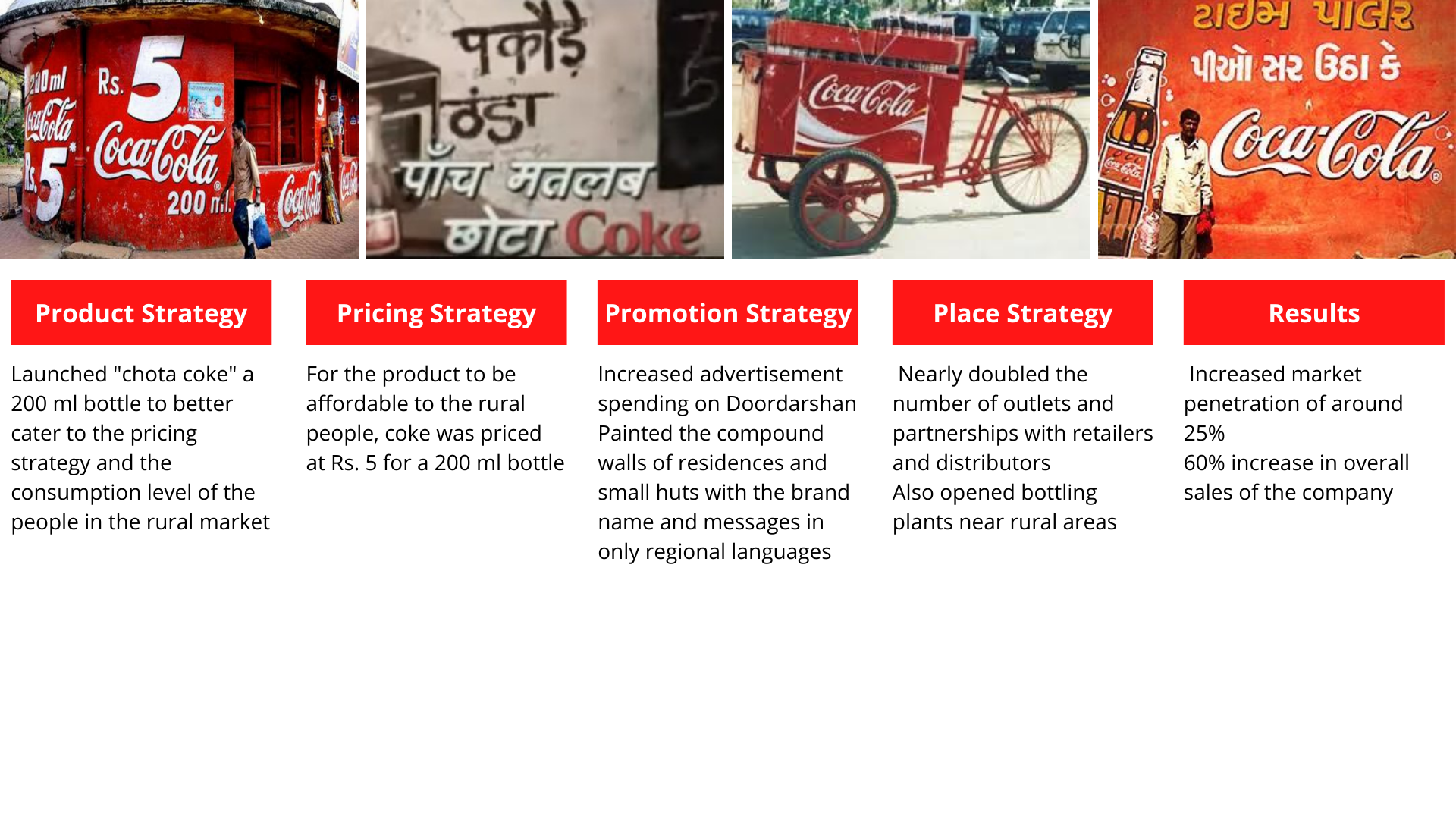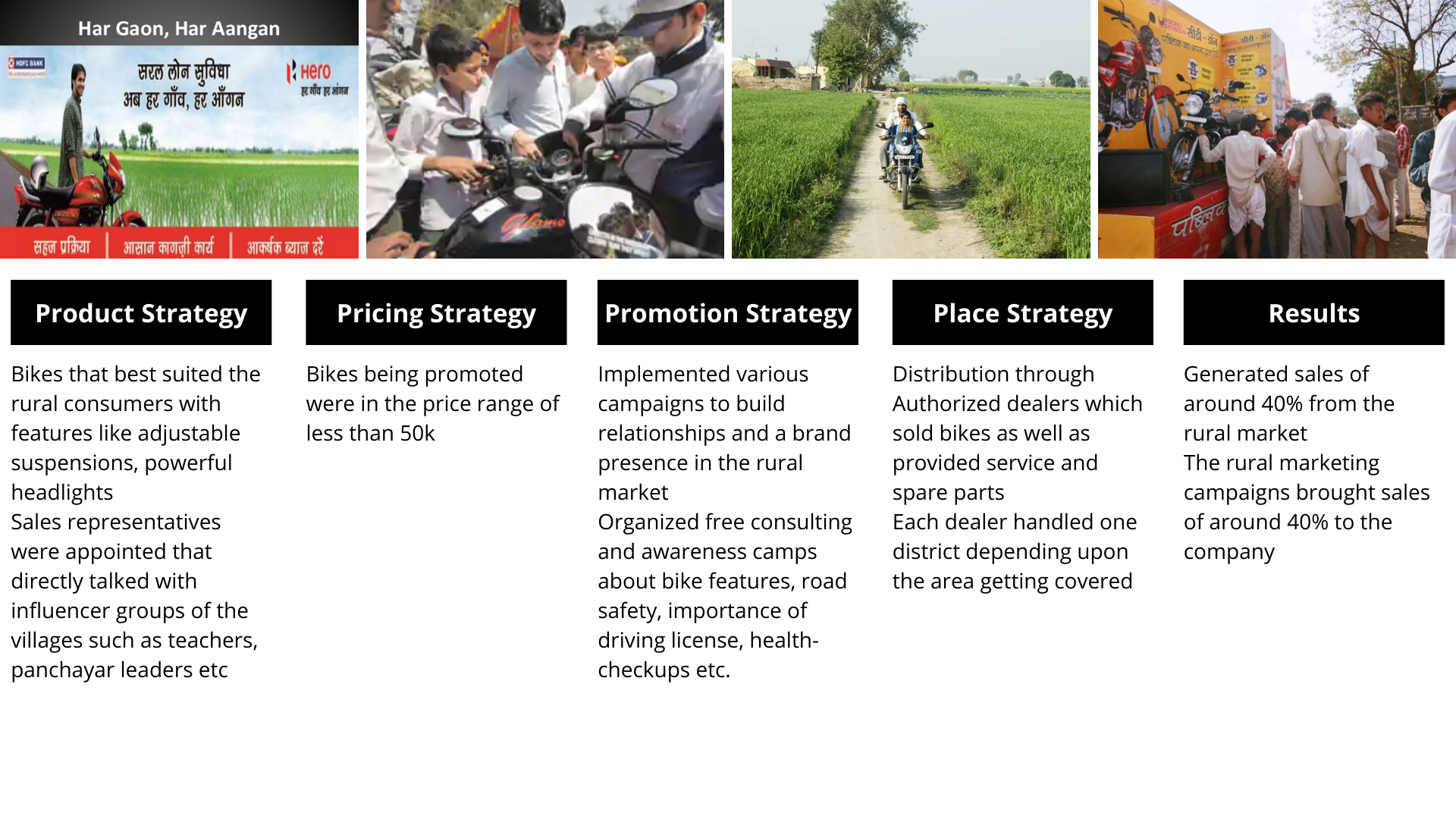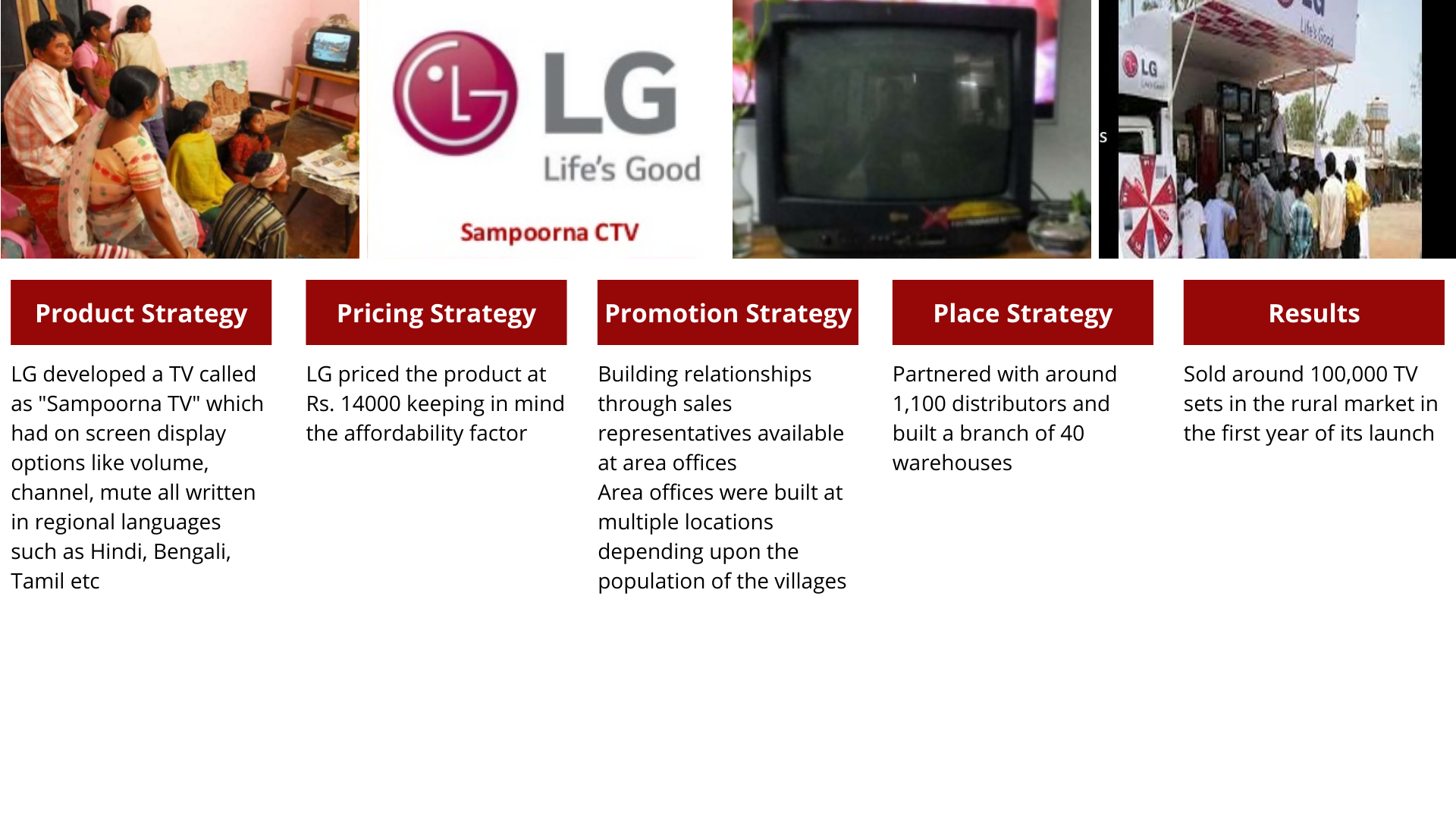
A great philosopher once said, “It doesn’t matter where you come from…” Well, it does matter to a marketer!
It does because not every continent, country, state or city has the same type of consumer. Different consumer demands a different marketing strategy.
Thus, was born the concept of rural marketing, that studies and understands the behaviour of the people living in the rural area and builds up marketing strategies that are distinct than the marketing strategies used for the urban markets.
What is Rural Marketing?
Rural marketing is defined as the process of selling products from the urban areas to the rural areas as well as selling and marketing of non-agricultural products manufactured in the rural areas into the urban areas.
This process starts with designing a rural marketing strategy, which is discussed further in the article.
Companies engage in rural marketing to expand their business, explore new markets, and increase their consumer base.
Rural Marketing in India
In India, 70% of the total population lives in the rural sector. The rural market in India is large, with a large consumer base and thus offer eminent opportunities for companies that want to expand their market.
However, the lifestyle and consumption patterns of the people living in the rural area are different as compared to the urban area. Thus, for marketers, it becomes necessary to engage in intense research and study the consumer behaviour of the rural habitants in order to achieve their rural marketing goals.
Let us look at the opportunities and challenges of the rural market that marketers face while implementing the rural marketing strategy.
Opportunities of the Rural Marketing

Challenges of the Rural Marketing
Rural Marketing Strategy
The consumer behaviour in the rural sector is considerably different than the urban sector in terms of various factors such purchasing power, consumption levels, literacy rate, media availability, socio-cultural beliefs, infrastructure availability of transport, warehouses, retail stores etc. that are crucial for marketers while designing a marketing strategy.
Here I give you a guide to develop a rural marketing strategy with the help of various examples-

Rural Marketing Strategy of Coca Cola
Product Strategy
While launching a product, you as a marketer should take into consideration the consumption levels of the consumers, their socio-cultural beliefs and if the product is really needed by the rural habitants.
Not every product that was a success in the urban market can be launched as it is in the rural market; some alterations and redesign have to be done.
In the example of the rural marketing strategy of Coca Cola in the image above, even if the product is same, they reduced the size of the bottle to 200 ml as compared to the conventional 300 ml bottle that is sold in the urban market. This strategy altered the product in accordance with the price of the product, which was just ₹5.
In case of the rural marketing strategy of LG, the company understood the pain points of the rural consumer, i.e., their inability to understand the English language which was conventionally used on TV display screens, and thus they came up with a TV called as “Sampoorna TV” that displayed all options in regional languages.
Sampoorna was small in size and easy to understand and thus stood out to be a revolutionary product in the rural market.
Similarly, in the case of the rural marketing strategy of Hero Honda, they redesigned the bikes based on road infrastructure in rural areas. Rural areas are known for their “Kaccha Rastas”, and a bike with adjustable suspensions was a need of the hour.
Also Read: Understanding Product in Marketing Mix

Rural Marketing Strategy of Hero Honda
Pricing Strategy
It becomes obvious when we take income levels into consideration that price has to be lower while launching a product in the rural area.
Here the product size, packaging, variants, etc. play an important role when deciding how to lower the price of the product. Alterations in size, packaging without any glitters or sparks and offering minimal variants can help in lowering the price of the product.
However, the companies should keep an eye on the price offerings of the competition because rural consumers are loyal to those who offer less prices.
In the example below, the packaging of Colgate toothpaste is shown both in rural and urban areas. Colgate altered the size of the product along with the price and sold it at Rs.10 to be positioned as an affordable product in the rural market.

Promotion Strategy
Promotional strategies should be taken into account the literacy levels of the rural market. A newspaper advertisement or a hoarding might not be effective in this case.
Rural marketing strategies are most effective when personal selling is involved. As in the case of Hero Honda, where they appointed sales representatives to go to the rural areas and talk with the people and tell them the benefits and features of the bikes.
Personal selling enables the building of relationships which guarantees sales. Personal selling sometimes also requires to target a specific set on consumers, even in the small population of the village. For example, Hero Honda built relationships with teachers, panchayat leaders or members, doctors etc. Basically, people that have a strong influence over the people in the village.
In an example of Colgate, they persuaded the women of the village and educated them about the importance of oral care since women in the concern of their child’s health will definitely be ready to use the product.
Also Read: Understanding Promotion in Marketing Mix
Place Strategy
Infrastructure is always a constraint in the rural market. Companies should understand the characteristics of the product, its life cycle to form a structured distribution system.
Here building relationships with the distributors and retailers is also important since these people are mainly the local village people and would recommend your product to the consumer.
Also Read: Understanding Place in Marketing Mix

Rural Marketing Strategy of LG
Conclusion
Rural marketing is a vast area and requires proper designing and structuring of each element of the strategies. I suggest you keep in mind the following points in regards to rural marketing and rural marketing strategies-
- Engaging in rural marketing can bring you a large consumer base and larger market share.
- 70% of the total Indian population lives in the rural areas which is a considerable amount for exploring rural marketing.
- Rural marketing strategy is considerably different than a conventional marketing strategy due to various factors.
- Rural marketing strategy is most effective when personal selling is involved.







